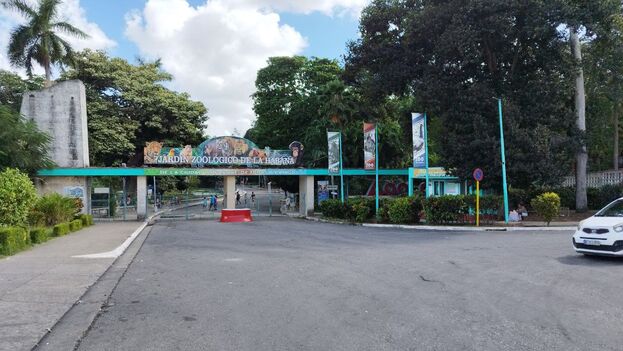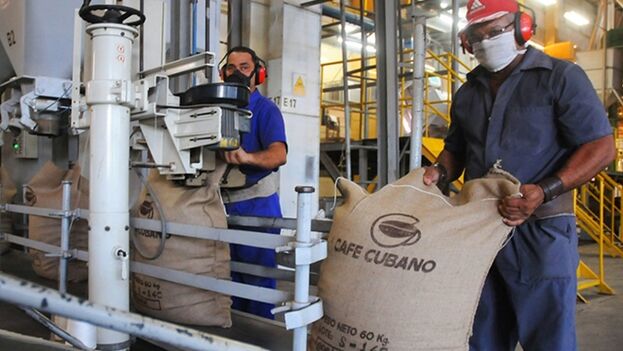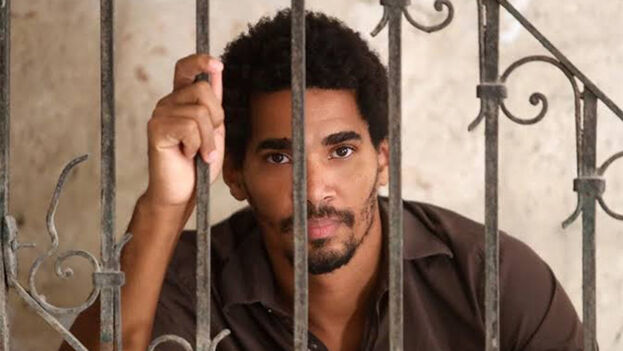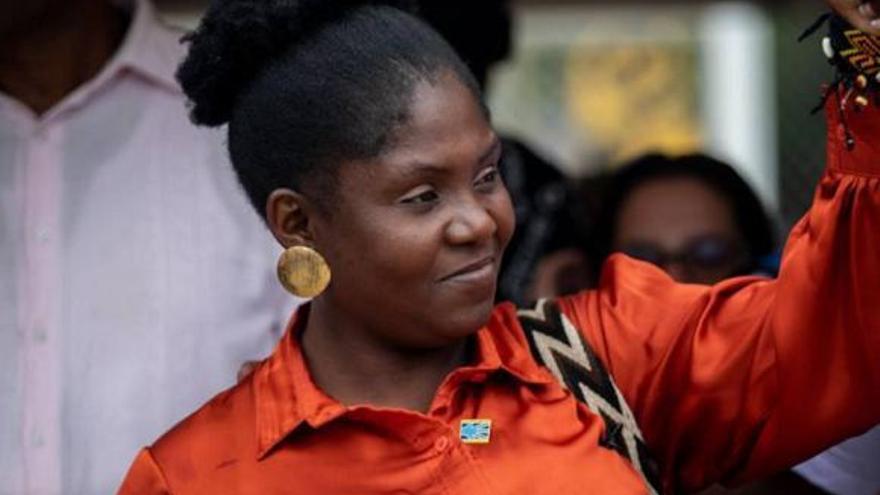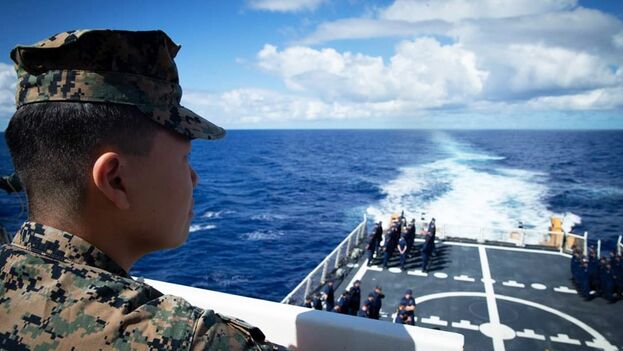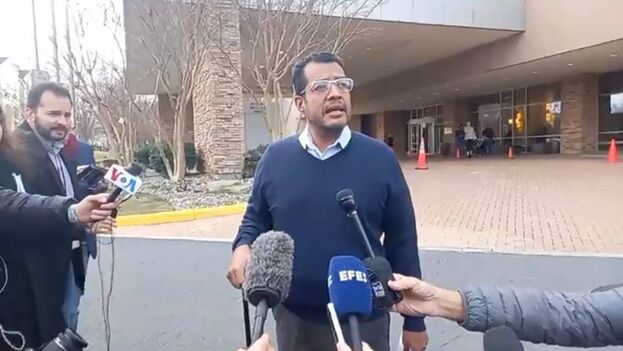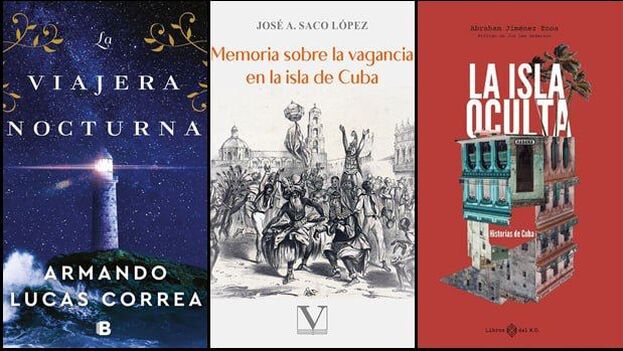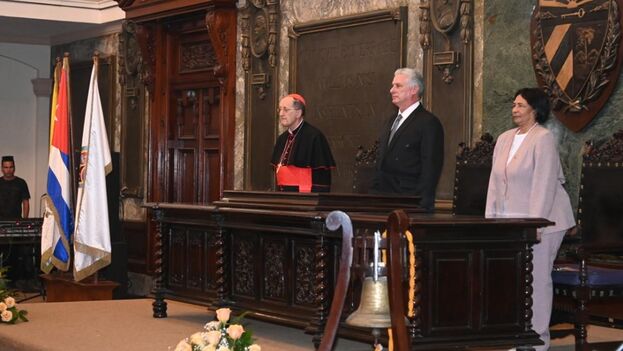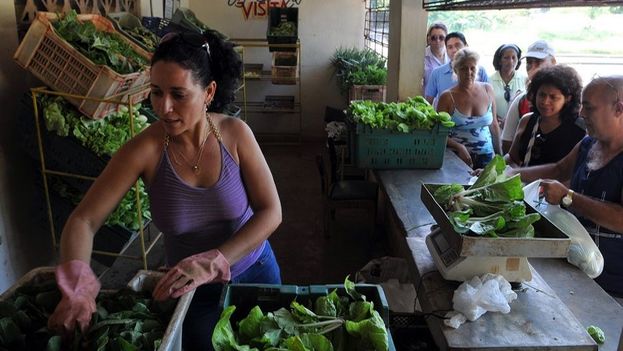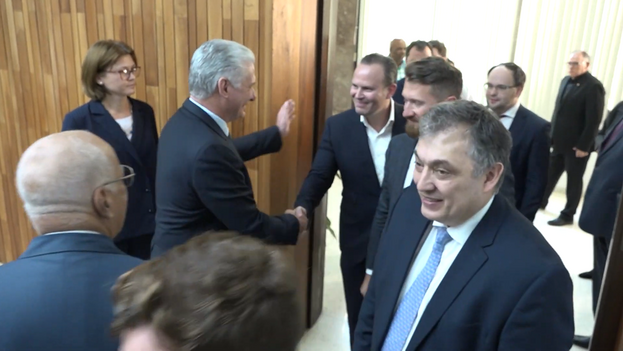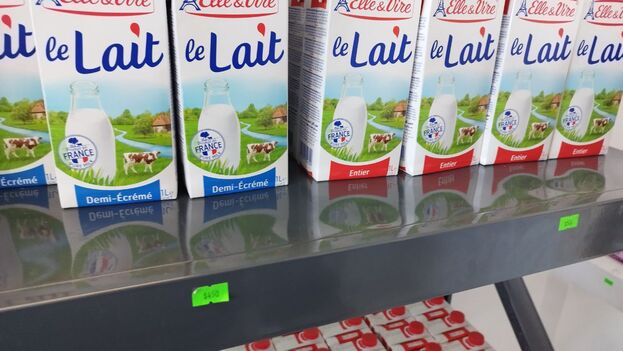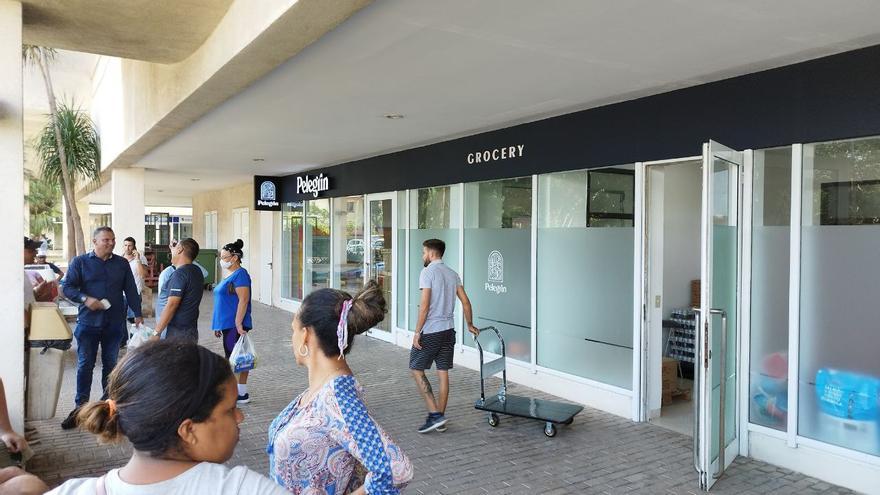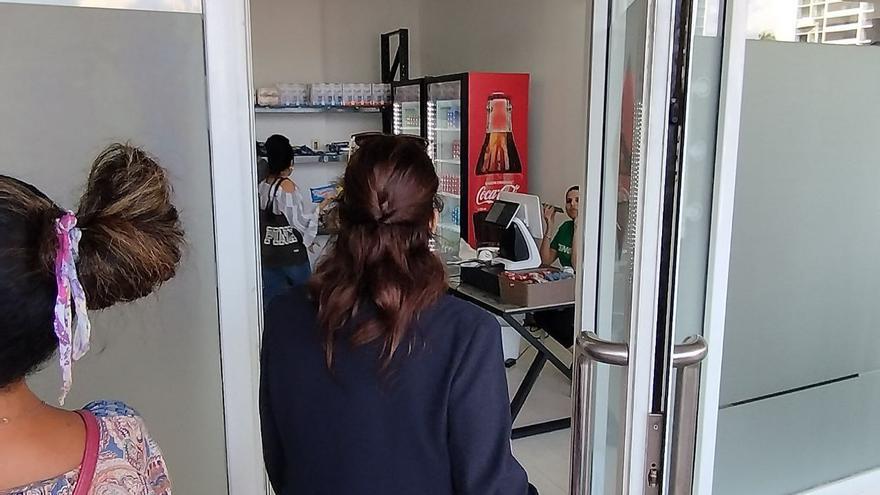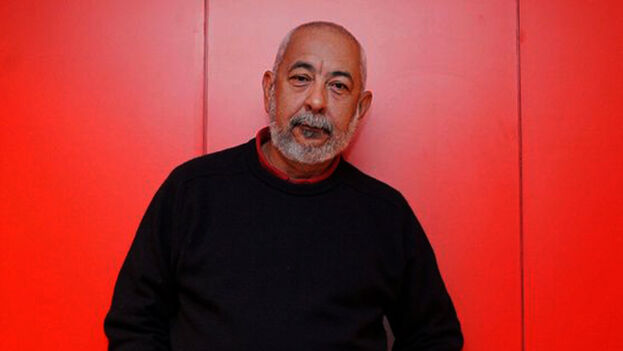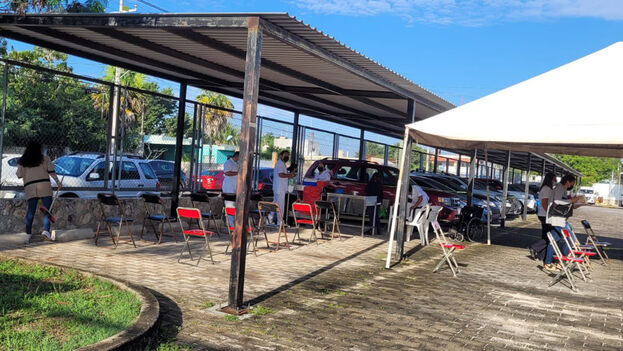
![]() 14ymedio, Mexico, February 7, 2023 — Since December 21, the health authorities in Mexico have applied only 262,540 doses of the Abdala vaccine to reinforce the coronavirus schedule. This amount represents less than 3% of the nine million doses Mexico bought from Cuba, despite the fact that the World Health Organization (WHO) has not yet approved the emergency use of that vaccine, and there are no studies that certify it “as a booster” against COVID-19.
14ymedio, Mexico, February 7, 2023 — Since December 21, the health authorities in Mexico have applied only 262,540 doses of the Abdala vaccine to reinforce the coronavirus schedule. This amount represents less than 3% of the nine million doses Mexico bought from Cuba, despite the fact that the World Health Organization (WHO) has not yet approved the emergency use of that vaccine, and there are no studies that certify it “as a booster” against COVID-19.
According to official data, 116,186 vaccines were administered in Mexico City between December 21, 2022 and January 26. This figure generates some suspicion, since the same Ministry of Health in the capital had reported on the 24th of last month the application of the vaccine to 84,515 people. In 48 hours, 31,671 residents of the capital were vaccinated.
According to information obtained from six state health centers and Mexico City, without specifying the number of people to whom the vaccine has been provided or the progress of the scheme, some figures were obtained on the application of Abdala.
The Secretary of Health in the state of Chihuahua, Felipe Sandoval Magallanes, confirmed that of 180,000 doses of Abdala, “only 10,000 doses have been given ” and admitted that it has had little acceptance in the population, so he asked that he be “given the benefit of the doubt.” continue reading
The Cuban vaccine was a failure on immunization day in the Yucatán. There was little demand, and between January 9 and 31, only 3,917 people were interested in receiving the dose.
A similar case occurred in the state of Oaxaca. Almost a month after the start of the day of boosters against COVID-19, this newspaper confirmed that as of last February 3, only 27,811 of the 139,300 vaccines they received from the Mexican Government had been used.
In Baja California, 40,000 units of the Cuban vaccine have been supplied since its delivery in December last year, and 104,600 doses arrived in this state. In Veracruz, only 30,000 biological products from the Island have been injected.
The purchase by Mexico of nine million doses from the Government of Cuba has generated distrust among the population and has been questioned by Mexican specialists.
“Abdala contains aluminum hydroxide as an adjuvant, which is not done for other vaccines against covid-19, since it decreases their effectiveness,” said the infectologist and 2020 National Health Award winner, Francisco Moreno Sánchez.
Health consultant Xavier Tello told the Latinus portal that, given the new variants of the coronavirus, “the recommendation is to use bivalent vaccines such as Pfizer and Moderna.” He questioned the use of Abdala, which was acquired by Mexico to reinforce the regimen against SARS-CoV-2: “How do you use a vaccine that no longer works as a booster?”
Meanwhile, other vaccines (based on messenger RNA) have used the complete spike protein (S), which induces defenses in areas where there are mutations. The American Chemical Society warned at the end of 2021 of the possibility that vaccines based on the S protein (Pfizer or Moderna) could fall short if the strategy was not diversified. Since then, pharmaceutical companies have been studying the situation and the possibility of improvements.
Tello told the same media that “Cofepris [Federal Commission for Protection against Health Risks] made the decision that this vaccine be approved for emergency use in Mexico as a primary vaccination, which means that a person who is not vaccinated is the one who receives that dose.” He insisted that “there is still no approval” for the use of Abdala “as a booster.”
Translated by Regina Anavy
____________
COLLABORATE WITH OUR WORK: The 14ymedio team is committed to practicing serious journalism that reflects Cuba’s reality in all its depth. Thank you for joining us on this long journey. We invite you to continue supporting us by becoming a member of 14ymedio now. Together we can continue transforming journalism in Cuba.

